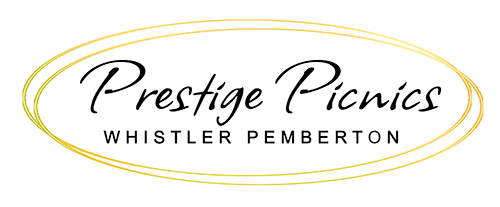As far as food and drink pairings go, wine and cheese are arguably one of the most classic and well-loved combinations. Here at Prestige Picnics Luxury Picnics we are no stranger to pairing amazing cheese and wine combinations. Cheese and wine are often served together at picnics, parties, dinners, and other social events. However, we understand that pairing wine and cheese can be a daunting task, especially for those who are not familiar with the intricacies of each. So here we are to save the day! In this cheese and wine pairing guide, we’ll explore how to pair wine and cheese like a pro, providing you with the knowledge and confidence to choose the perfect combination for any occasion.
Understanding the Basics: Wine and Cheese Profiles
The first step in pairing wine and cheese is to understand the basic characteristics of each. Both wine and cheese have unique profiles that can either complement or contrast with one another.
Wine is typically categorized into several broad categories, including red, white, and rosé. Within these categories, wines can be further broken down by region, grape variety, and production method. The flavor of wine can vary widely depending on these factors, with some wines being light and crisp while others are full-bodied and robust.
Cheese, on the other hand, can be classified into several categories based on its texture, flavor, and production method. Common cheese types include soft, semi-soft, hard, and blue cheese. Cheese can also be made from different types of milk, such as cow, goat, or sheep’s milk, which can affect its flavor profile.
Pairing Wine and Cheese: The Art of Balancing Flavors
Once you understand the basic profiles of wine and cheese, it’s time to start pairing them together. The key to a successful pairing is to balance the flavors of both the wine and cheese, creating a harmonious and enjoyable experience for your taste buds.
One of the simplest ways to pair wine and cheese is to match the intensity of the flavors. For example, a bold red wine such as Cabernet Sauvignon pairs well with a strong cheese like aged cheddar, while a light white wine such as Sauvignon Blanc pairs well with a mild cheese like Brie.
Another important factor to consider is the texture of the cheese. Creamy cheeses like brie and camembert pair well with light-bodied wines, while hard and aged cheeses like Parmesan and Gouda pair well with full-bodied wines.
When pairing wine and cheese, it’s also important to consider the flavors present in each. For example, a cheese with a nutty flavor like Gruyere pairs well with a wine with similar nutty notes, like an aged Chardonnay. Similarly, a cheese with a strong earthy flavor like blue cheese pairs well with a wine with similar earthy undertones, like a Pinot Noir.
Choosing the Right Wine and Cheese Pairing for Different Occasions
The right wine and cheese pairing can add a touch of sophistication and elegance to any occasion, whether it’s a romantic dinner for two or a large gathering of friends and family. Here are some tips for choosing the perfect pairing for different occasions:
Casual Gatherings: For casual gatherings, opt for simple yet flavorful pairings like Chardonnay and Gouda or Pinot Noir and brie. These pairings are sure to please a wide range of palates and are easy to prepare.
Formal Dinners: For more formal dinners, consider serving a variety of cheeses and wines that complement one another. Offer a mix of hard and soft cheeses, along with both red and white wines. Don’t be afraid to experiment with unique pairings to impress your guests.
Romantic Evenings: For a romantic evening in, try serving a bottle of champagne with a soft and creamy cheese like Camembert or a bold red wine like Malbec with a robust cheese like aged Gouda. These pairings are sure to set the mood for a romantic and memorable
Once you have experimented with different pairings and found what works for your taste buds, you can confidently select and serve wine and cheese at your next gathering. Remember that the key is to find a balance between the flavors and textures of both the wine and cheese, so they complement each other and enhance the overall tasting experience.
In conclusion, pairing wine and cheese can be a daunting task, but with the right knowledge and practice, anyone can become a pro at it. Knowing the different types of cheese and wine and understanding their characteristics and flavor profiles is essential in creating a perfect pairing. The process of pairing wine and cheese should be enjoyable and a chance to experiment with different tastes and combinations. Keep in mind that there are no right or wrong pairings, and what works for one person might not work for another. So, have fun with it, try new things, and discover your own perfect combination.

